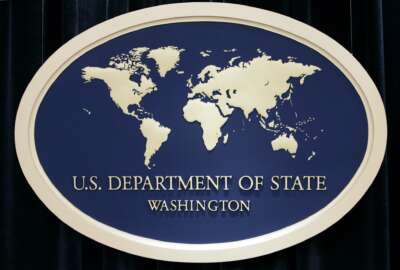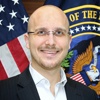Michael Knight is the Global CTO for the Dell Technologies Industry IOT and Edge Business Unit that also includes delivering Cloud Native Solutions for Connective Analytics, Computer Vision and Surveillance (Safety and Security).
The Dell Technologies Industry IOT and Edge Business Unit’s charter is to create holistic solutions that are comprised of the software, platforms, hardware and service capabilities of not only all (7) of Dell’s Strategically Aligned Businesses but also our expansive Partner Ecosystem that includes everything from Mega Clouds, to Independent Hardware and Software Providers as well as Global Systems Integrators.
Michael is a Technology Industry Veteran with more than 22 years of professional experience focusing on transformative outcomes and consulting with Enterprise, Commercial, Public Sector and Midmarket Organizations in various verticals.
He has served as President, Chief Strategy Officer, Chief Technology Officer, Chief Information Officer, SVP, Global Director, Senior Architect and New Business Enabler for multiple Technology Solution Providers delivering a myriad of services that include but is not limited to: Cybersecurity, Cloud Services and Datacenter Solutions, Software as a Service, XaaS (UCaaS, IaaS, PaaS), Enterprise Networking including SD-WAN, IOT/IIOT, Analytics and BI, Physical Security and more.
Michael also serves on multiple Technology and Industry Boards, is a regular conference and EBC speaker but is most happy when spending time with his lovely spouse and 5 children.












